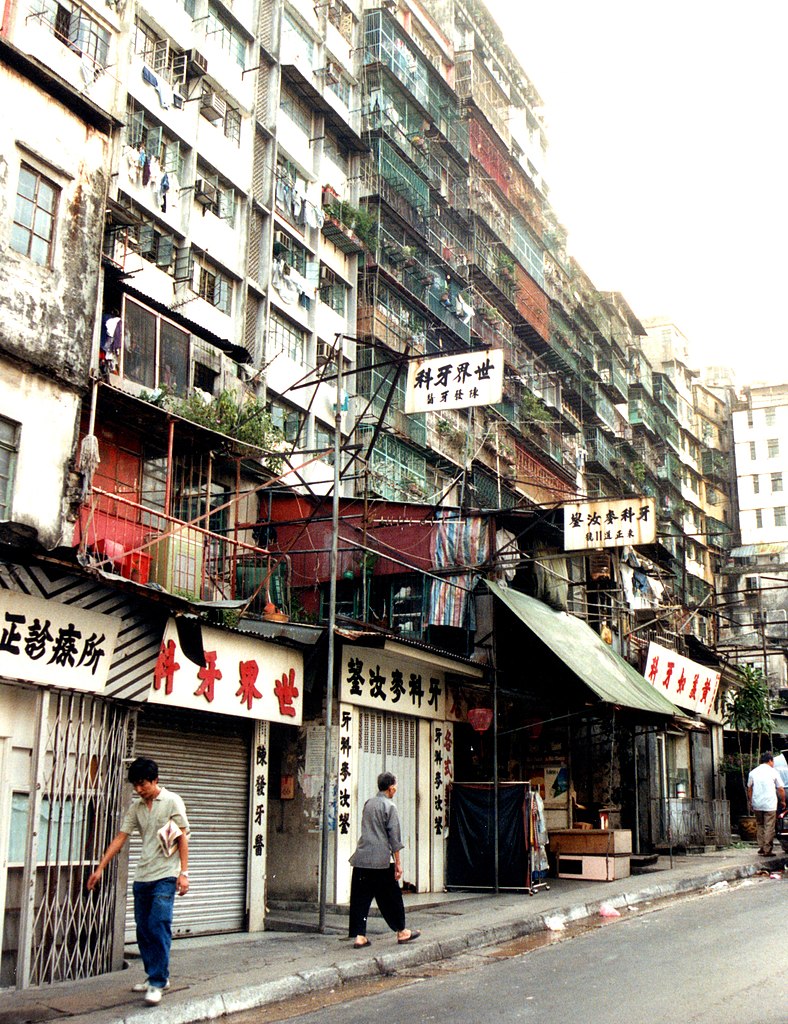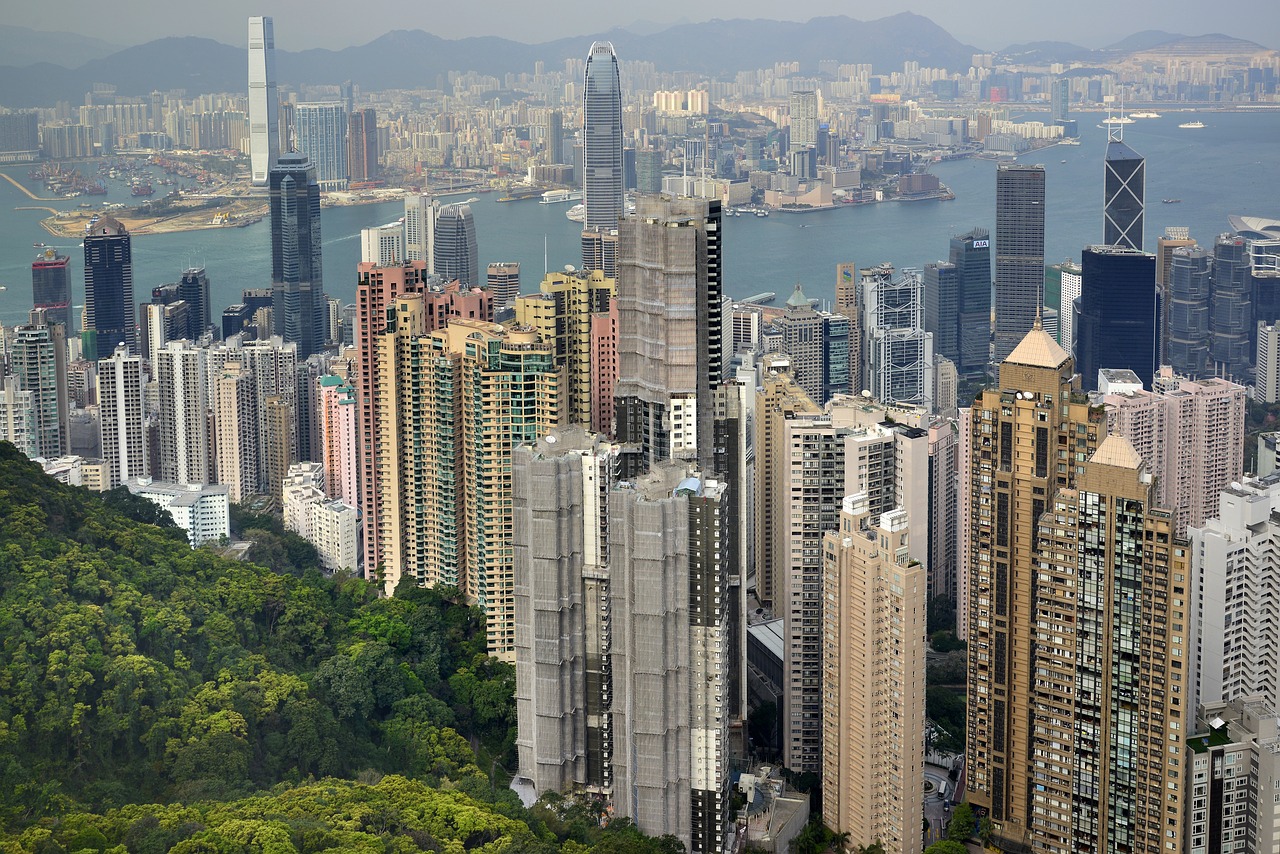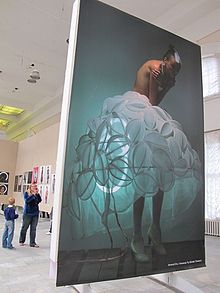The Walled City of Kowloon was once a very densely populated area and it was also known as the slum district of Hong Kong during colonial times. This labyrinth of buildings piqued interest when it appeared in an aerial photograph as a strangely architectures section of the city. Here’s a bit about the history that looms behind this seemingly post-apocalyptic set of structures.

Origins and evolution
The Walled City used to be an old Chinese Military Fort and later became a place for squatters after WWII. With little to no government monitoring, this area quickly became a place of interconnected buildings about 10-14 storeys high. In 1990, this 6.4-acre place was home to over 33,000 people.
Living Conditions and Community
Despite its chaotic appearance, the city functioned with a degree of order. Residents established their own schools, shops, and healthcare facilities. However, the lack of sanitation and proper ventilation led to challenging living conditions. Narrow alleys, often devoid of sunlight, and a maze of pipes and wires characterized the city’s interior.
Demolition and Legacy
In 1993, the Hong Kong government commenced the demolition of Kowloon Walled City, citing health and safety concerns. By 1994, the area was cleared, and Kowloon Walled City Park was established in its place, preserving some historical artefacts. This is now an attraction not far from many a 4 star hotel in Hong Kong the likes of Dorsett Wanchai Hong Kong. The city’s legacy endures in popular culture, inspiring various films, books, and video games that depict dystopian urban environments.
Architectural Significance
The Kowloon Walled City is a great example of human adaptability. It is a showcase of how humans are able to make use of constrained places to survive. Its existence challenges conventional urban planning paradigms, prompting discussions on the balance between regulation and organic growth in city development.




